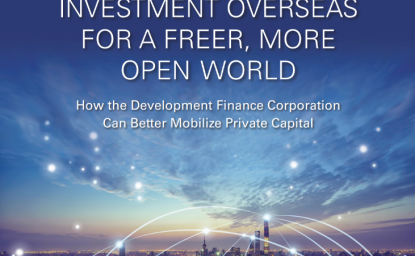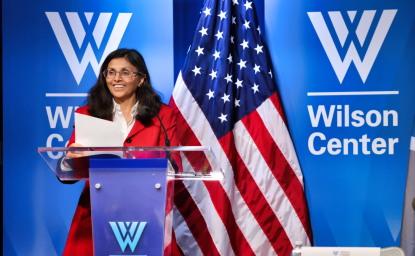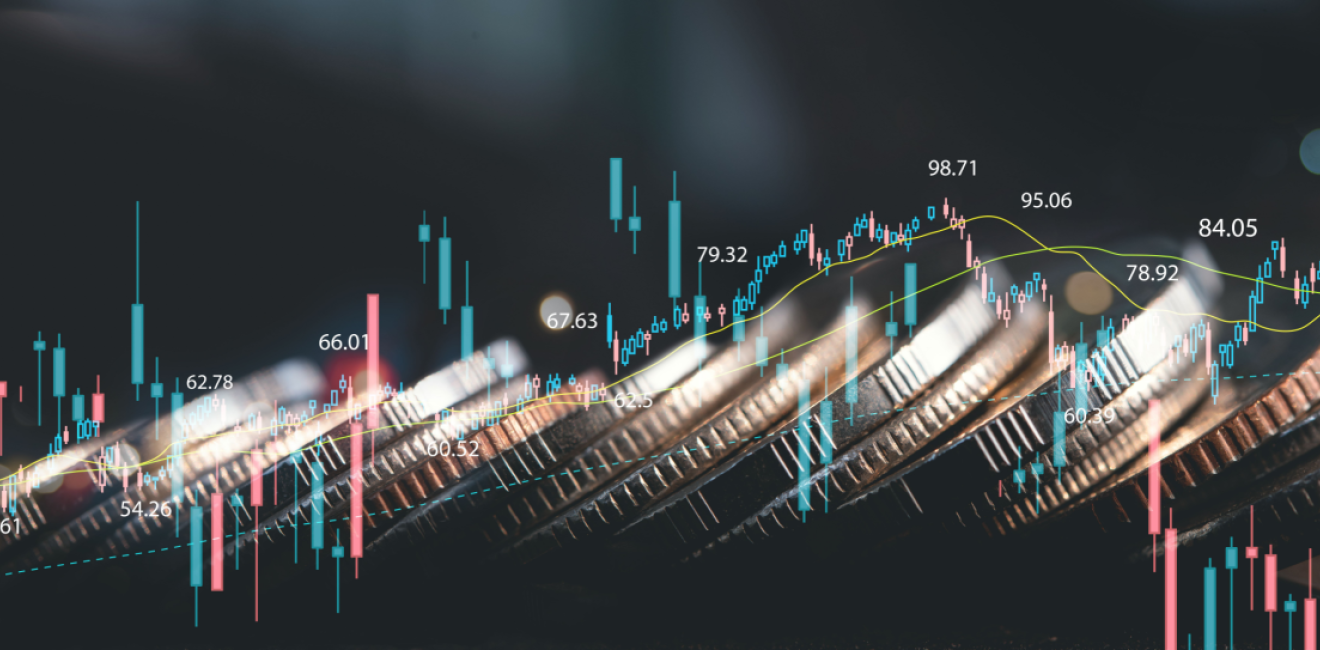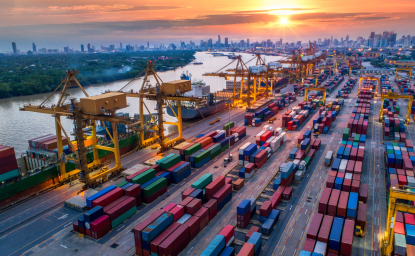The foreign exchange market is enormous. More money turns over in one week of currency exchange than in an entire year of goods and services trade. The market is also risky. A vast majority of countries float their currencies, leaving exchange rates subject to the whims of market forces.
Currency risk—i.e., unanticipated fluctuations in exchange rates—make doing business difficult. Infrastructure investment is a good example. Major infrastructure projects are expensive and have long lifespans, exposing many millions of dollars to years of risk. That risk causes underinvestment in emerging markets and developing economies (EMDEs) despite their strong demand for capital.
Addressing currency risk is one of the keys to unlocking more private capital for much-needed infrastructure in EMDEs. This document describes the problem and highlights several solutions.
What is risk and how does it matter?
Exchange rates are the value of one currency relative to another. Numerous factors determine that value, including economic fundamentals like inflation, terms of trade, and speculation.
A currency’s relative strength or weakness determines whether it is easier or harder to purchase foreign goods, services, or assets like the land rights required to lay high-speed rails or pave runways. When these rates are stable, economic planning is easier and we observe more trade and investment flowing around the world. However, when rates are unstable, it is harder to enter long-term contracts and we see a dampening in the market.
Currency risk is a major challenge in infrastructure investing, particularly in the developing world. On the surface, investors based in OECD nations will enjoy greater purchasing power when investing in EMDEs with weaker local currencies. But investors must also factor in the higher likelihood that exchange rates will fluctuate due to the less stable economic and political situations in the host country.
Risk comes in two forms—liquidity and convertibility. Liquidity risk refers to fluctuations in exchange rates. This can strain available cashflows. Convertibility risks refers to shortages of supply limiting necessary exchanges. Both can limit the ability to repay debt or provide a return to investors in their own hard currencies from operating cashflows even if the project is on track in local currency denominated results.
Both forms of risk create difficulties for investors. One problem is that the investor’s ideal exchange rate changes over a project’s lifespan. Prior to completion, having a stronger home currency means buying land and paying for construction in the host economy is cheap. However, additional depreciation in the host currency after completion can reduce returns. For example, money paid in tolls, taxes, or other usage fees will convert to smaller returns if the host suffers a negative shock.
Uncertainty leaves investors choices: take the gamble of investing without hedging, hedge against currency risk—and incur a cost for doing so—or simply invest elsewhere. Given the high returns available in OECD countries with more stable rates, investors often opt for that last choice. This leaves developing nations without sufficient capital needed to modernize critical infrastructure.
Is there a fix?
There are a variety of ways to reduce risk. One of the simplest solutions is for host governments to offer guarantees—i.e., to compensate the investor, typically up to a pre-defined amount under specified conditions. The problem is that these guarantees are expensive for EMDEs already lacking in resources.
Leading alternatives focus on involving local currency from the project’s outset. These include:
- Risk participation agreements. Participation agreements share risk exposure between home and host market financial institutions. These agreements can bolster project credit while channeling local liquidity into the investment.
- Currency swaps. Swaps consist of two parties exchanging the principal and interest for a loan in one currency for the equivalent amount in another. Setting a fixed rate allows the parties to protect future payments from risk.
- Local currency bonds. Bonds, often from a Multilateral Development Bank (MDB), provide investors participation opportunities in local currency.
Of course, none of these solutions are cost-free. All three options require proactive leadership from MDBs and development finance institutions (DFIs). For example, the International Finance Corporation (IFC) has facilitated swaps where host markets lack the necessary financial infrastructure. Likewise, the IFC and Asian Development Bank have issued bonds in several countries to facilitate local finance.
Even with these options, private investors list currency risks as one of the largest impediments to greater investment in international infrastructure. Scaling up solutions for currency risk can unlock more private investment to meet the critical needs across EMDEs.
Author

Associate Professor in the School of Government and Public Policy and the James E. Rogers College of Law, University of Arizona

Wahba Institute for Strategic Competition
The Wahba Institute for Strategic Competition works to shape conversations and inspire meaningful action to strengthen technology, trade, infrastructure, and energy as part of American economic and global leadership that benefits the nation and the world. Read more

Explore More
Browse Insights & Analysis
Activating American Investment Overseas for a Freer, More Open World





